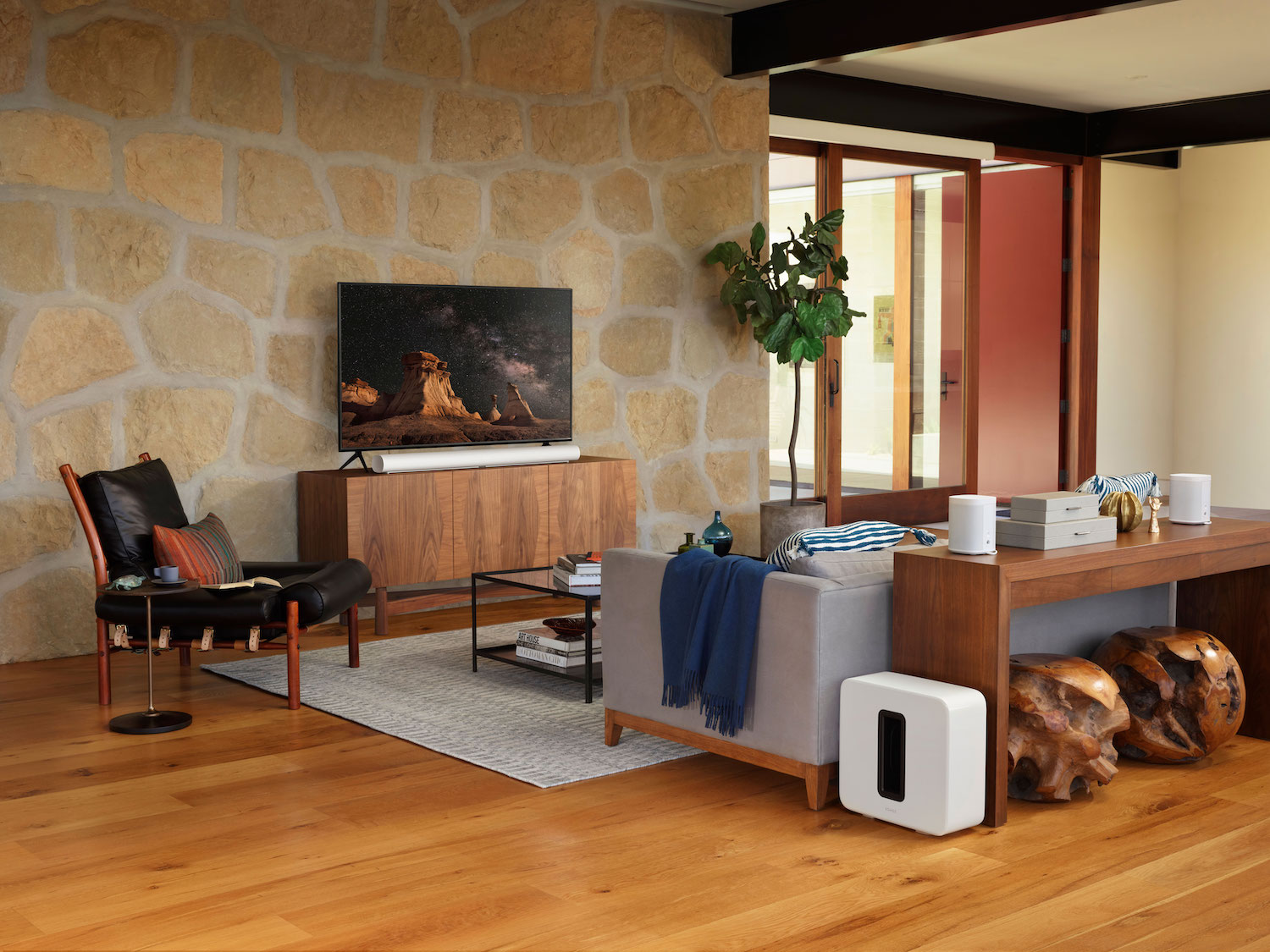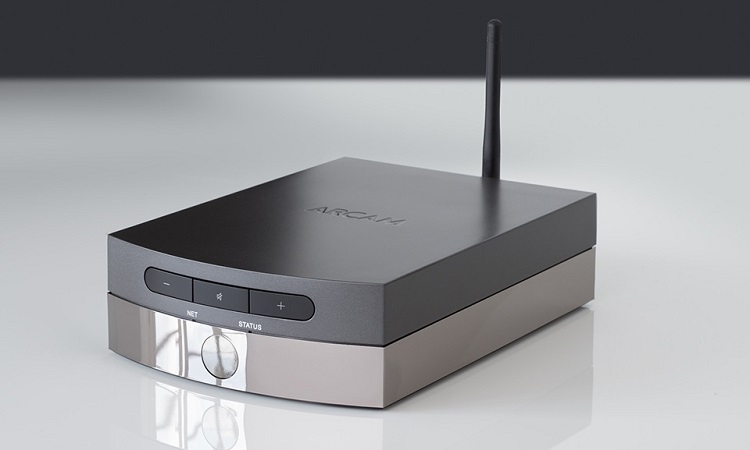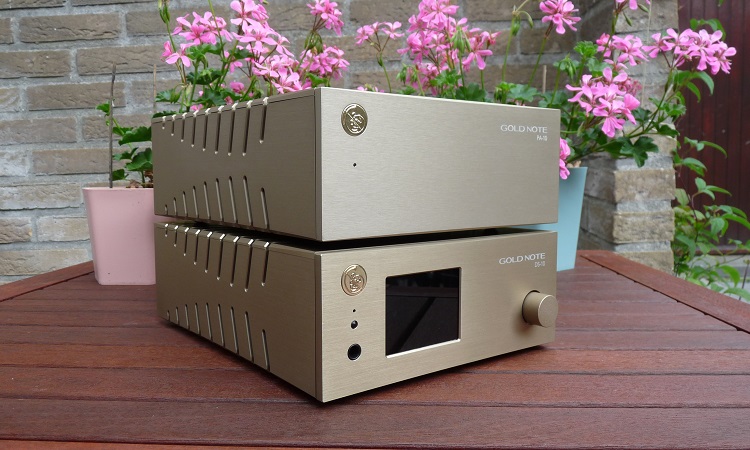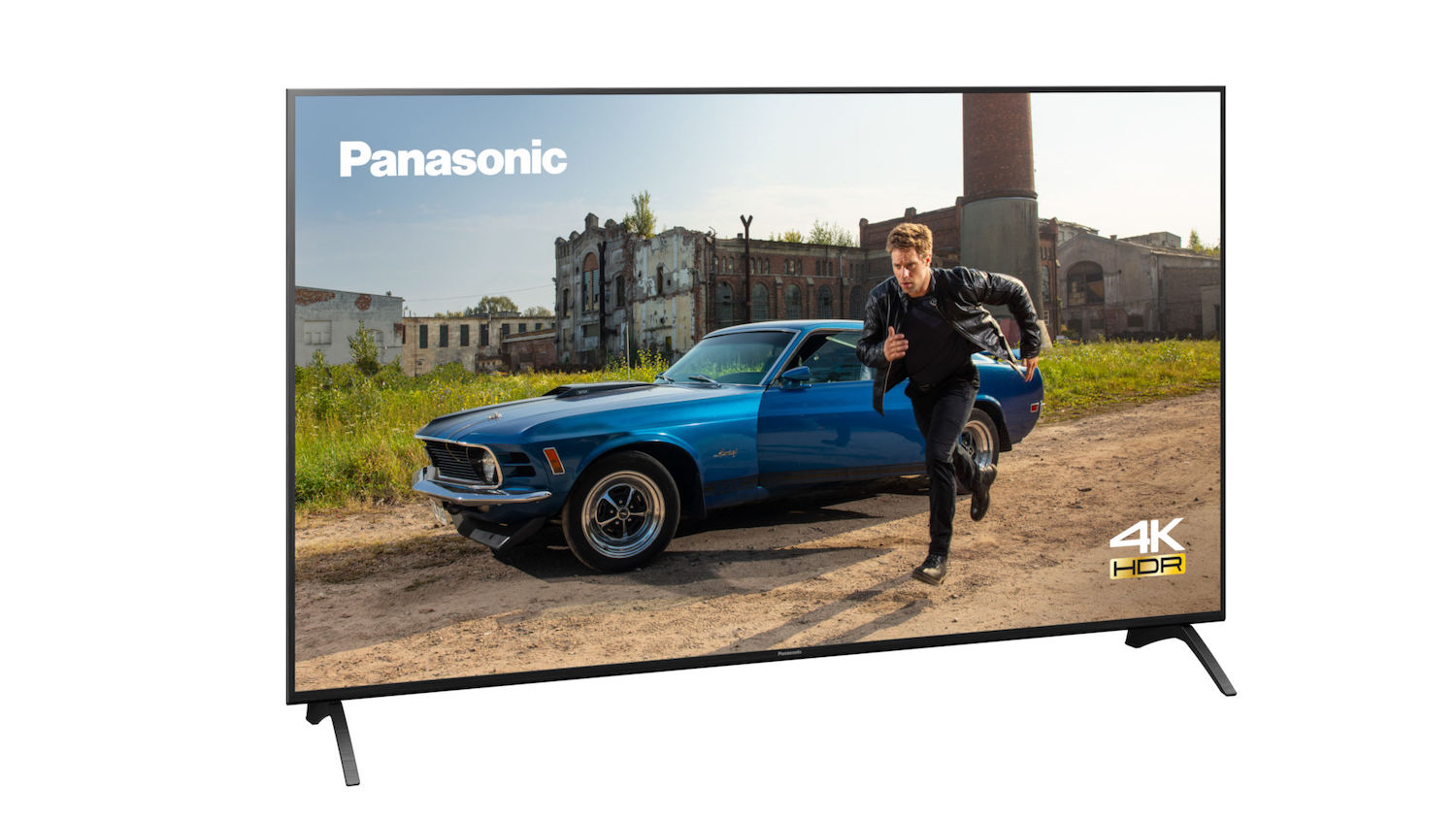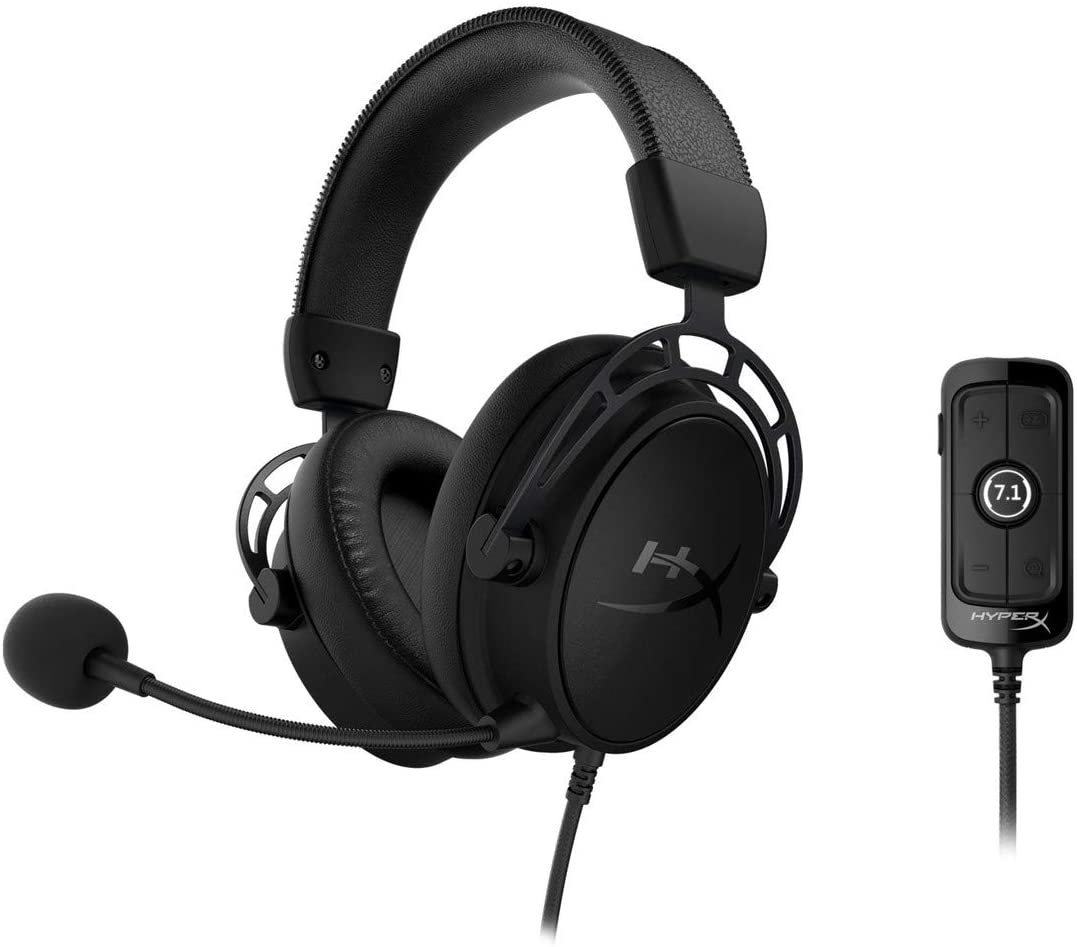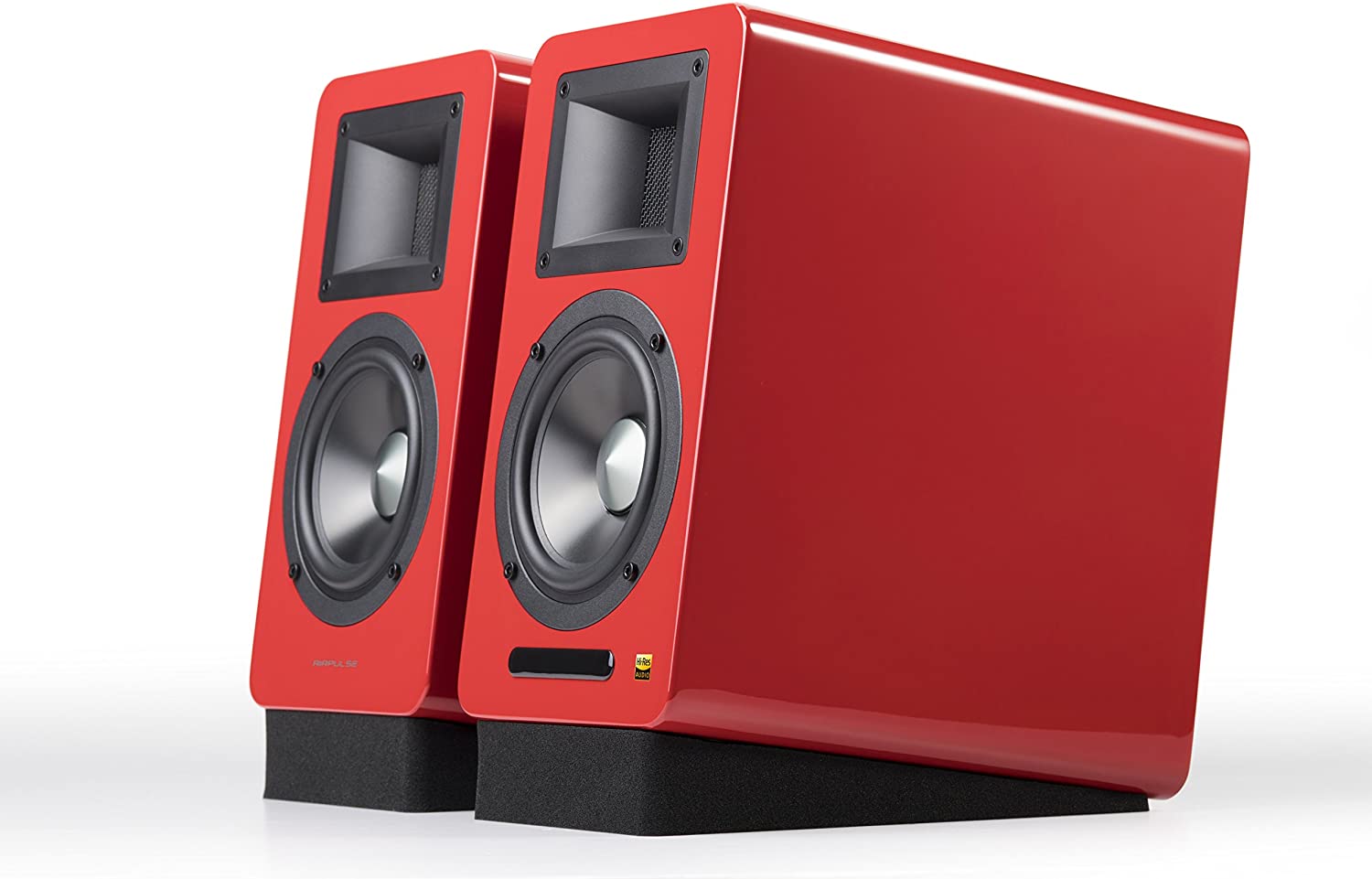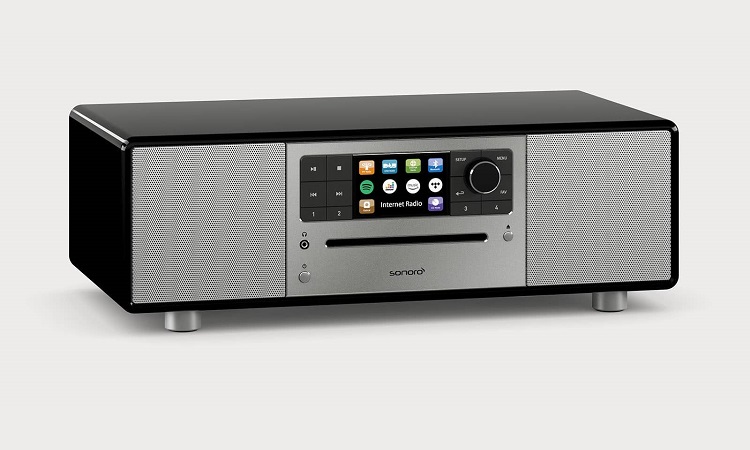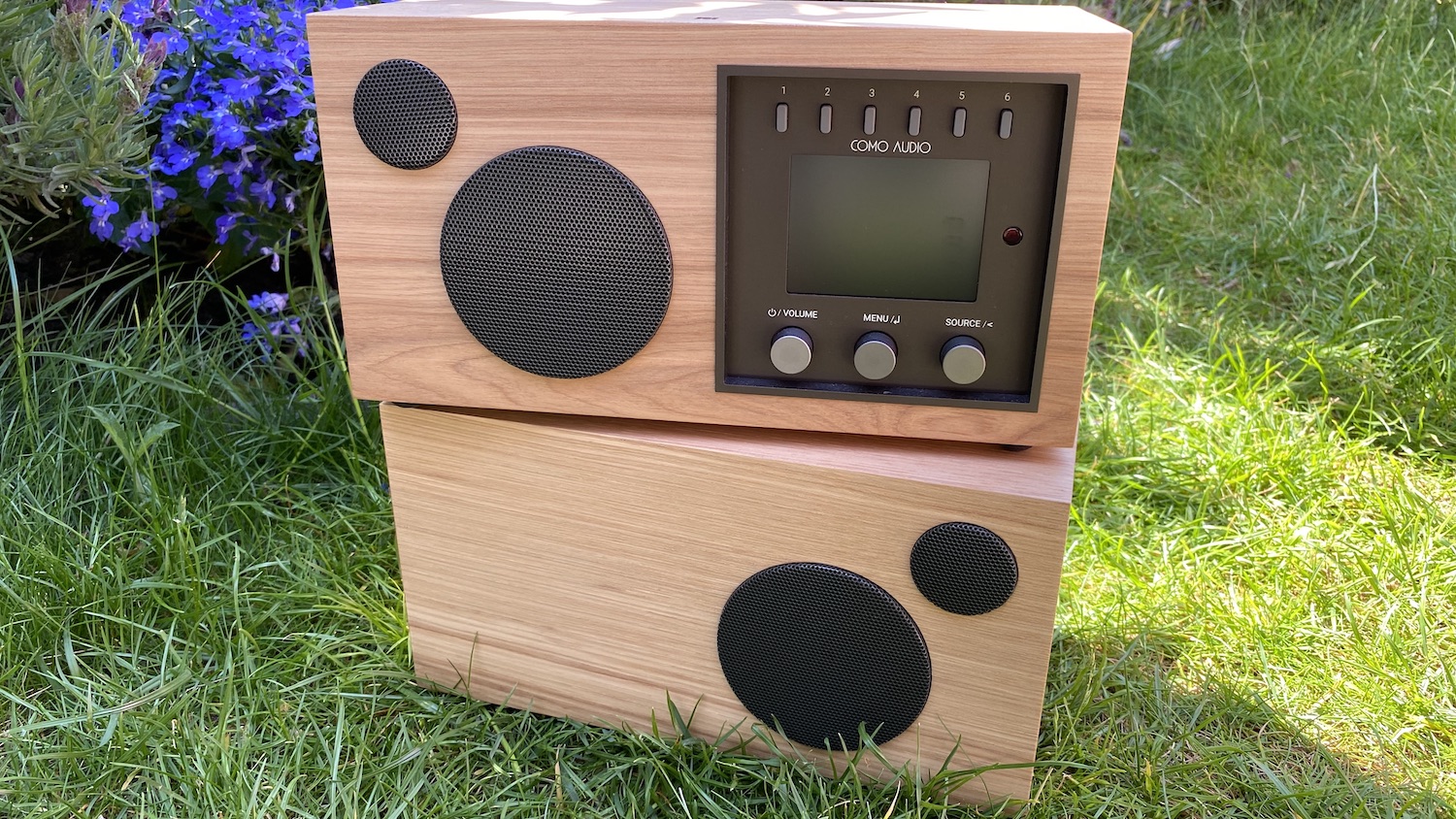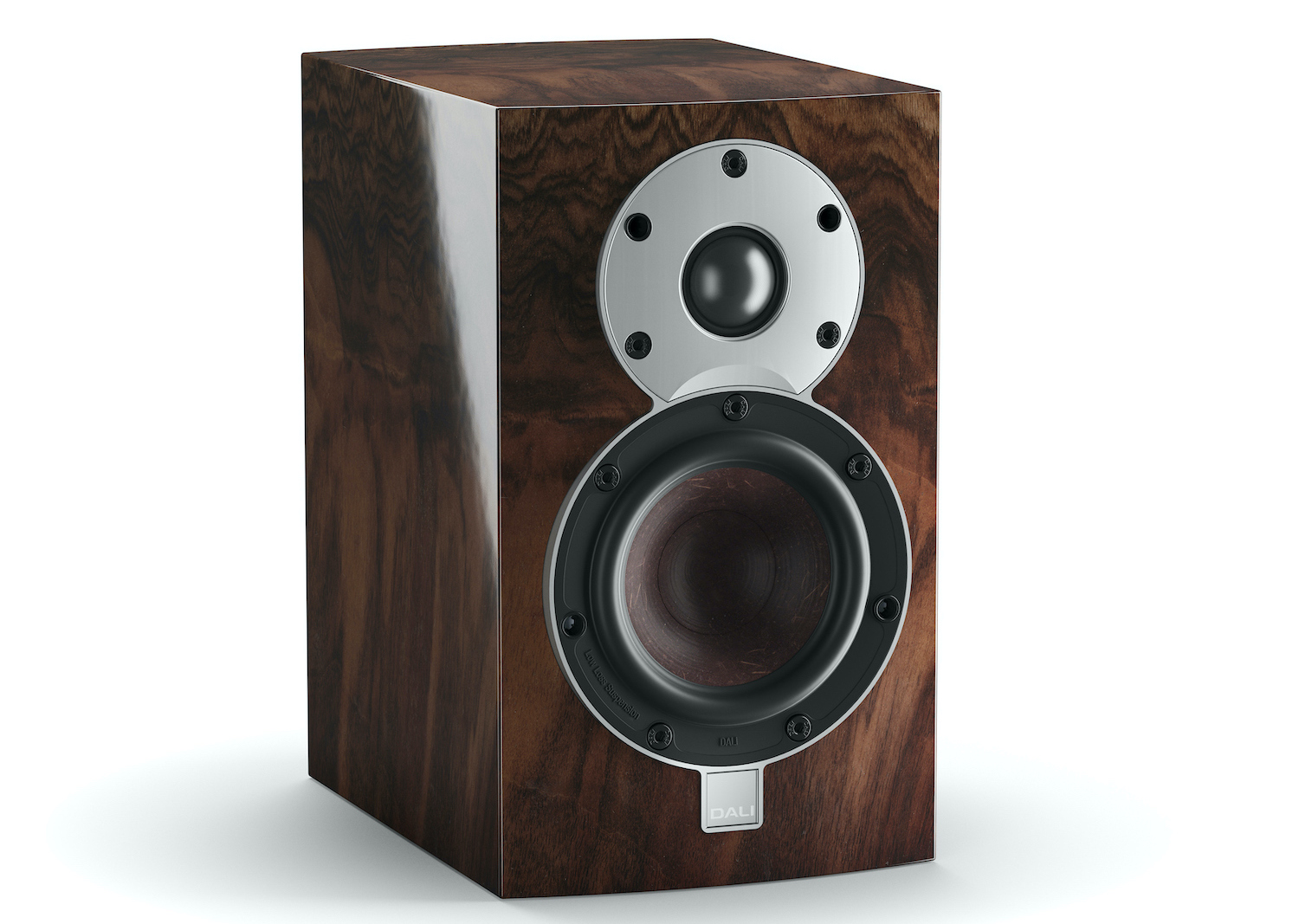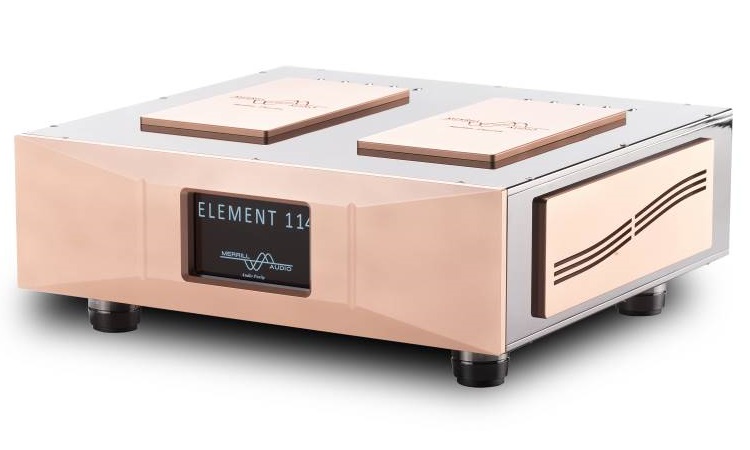Sonos has launched a new premium soundbar this summer that should be the successor to the Playbar and the Playbase. The new Sonos Arc comes with HDMI and has extra overhead speakers to display Dolby Atmos. We have examined the newcomer extensively in several living rooms.
Trendsetter Sonos You may think of Sonos what you want â ???? in the hi-fi world, opinions are divided, to say the least â ???? but the brand is objectively leading in certain areas. In terms of support for music services, for example, and also in terms of ease of use. Other brands have now caught up; setting up an audio device via Google Home is also very easy. But still, the Sonos app makes it very easy to set up the Arc. If you already have other Sonos devices at home, you will be around quickly anyway. If the Arc is your first Sonos, it will require a few more steps. Also linking music services is done in no time.
The Sonos app provides support for just about any music service you can think of â ???? and some of which you have never even heard of. Rivals such as Bluesound are doing their best, but Sonos definitely keeps its lead in that area, thanks in part to the presence of Apple Music and YouTube Music in the app. Incidentally, with Sonos you also have the unique choice between using Spotify within the Sonos app or operating Sonos speakers from the Spotify app. You also have the same choice with some other services, including Tidal. You can play your own files, and recently even hi-res. Or yes, the bar in terms of hi-res is very low: ALAC or FLAC in 24 – bit and 48 kHz. People who care about hi-res formats won’t really care much about this, but they better just look at alternatives like Bluesound, Denon HEOS or Yamaha’s MusicCast.
Equally strong is the multiroom hatch at Sonos, so you can play the same songs simultaneously on the Arc and other Sonos speakers in the house. Or each family member can play a different playlist in their room. It’s also practical that everyone in the family simply has to install the Sonos app to access all the speakers. There is some criticism here and there, but actually it just works very smoothly and is completely clear. We have to make a side note: since the introduction of the S2 app, the Sonos universe has been divided in two. Where you used to be able to operate any Sonos device in the Sonos app, that is no longer the case. Older devices should be controlled via the S1 app, the newer devices should actually be controlled via the S2 app â ???? and it is one or the other. In a situation where you own older and new Sonos devices, it means that you can no longer put all speakers in one group. More about that you can find this article.
Sonos Trueplay Trueplay has long been a unique feature in the soundbar landscape. That is no longer the case, because more and more sound bars are getting a room correction function. But what exactly is that? With Trueplay you take a measurement to discover the acoustic properties of your room. The Sonos Arc will use that data to adjust the sound so that it is more balanced. You have something similar with AV receivers, but Trueplay is less sophisticated (and therefore easier to use). You don’t really have to understand what it does: just follow the instructions in the Sonos app, which are presented via a clear video. It doesn’t take long either: first measure in the couch for a minute, then you have to walk across the room for another minute while a test tone plays.
Then the app will calculate a filter that adjusts the sound. In our experience, it is certainly worth trying Trueplay at the very least. You can always turn it off if you don’t like it. Also, don’t forget that the Sonos app offers a simple equalizer that allows you to adjust the treble or bass.
The biggest stumbling block with Trueplay is that it can only be set up via an iOS device. Do you only have an Android device? Then you can’t use it. That’s because only Apple devices consistently contain the same microphones with the same characteristics, allowing Sonos to correct its software for the microphone properties.
eARC: necessary or not? Just like with the smaller Beam and the older Playbar, you won’t find an abundance of inputs at the Arc. Where high-end soundbars usually have several HDMI inputs to connect peripherals such as game consoles, here you will only find one HDMI connection to establish a connection with the television. The intention is clear: you hang the Arc on your TV screen and connect external video devices (such as your digital TV decoder) to the TV itself. Since the Arc supports the new eARC standard, even an audio bitstream from an Ultra HD Blu-ray player will be sent from your TV set to the Arc. The condition is that your television also supports that eARC standard, which is only the case with very recent devices. After all, eARC is the successor to HDMI-ARC (Audio Return Channel), the technology that allowed the TV sound to go to a soundbar over an HDMI cable. However, HDMI-ARC had its limitations (such as the inability to transport uncompressed surround and sometimes fickle behavior), so eARC was invented. eARC has a much higher bandwidth and can therefore transport Dolby Atmos in the highest quality.
So eARC is necessary to enjoy Dolby Atmos? Not quite. There are two versions of Atmos: based on the compressed Dolby Digital Plus and based on Dolby TrueHD. The first variant is used by streaming services such as Netflix (because it requires much less bandwidth), the second can be found with (Ultra HD) Blu-ray discs.
eARC is without a doubt the future, but if you own an older TV you may not be getting an Atmos stream from an external player at the Arc. Is that important? It is if you indeed want to watch films that are on physical discs and have an Atmos soundtrack. Sonos, however, is betting that more and more people in the future will arrange their TV evening via Netflix, Disney + and similar services that live on the TV itself via an app. It kind of resembles the gamble Sonos made many years ago on music; the company was one of the first to bet almost entirely on streaming services. Now the company does the same in terms of film sound. support through Netflix. In all other cases you will experience a more limited surround. In itself, the Arc does not do bad with 5.1 content, although we are sorry that Sonos does not provide that 5.1 will be upgraded to Atmos level. As a result, Arc’s parent speakers are hardly used when you listen to 5.1 or stereo, which you also notice when you compare an Atmos soundtrack with other content. Sonos itself says that the upmixing was viewed but that the designers thought the result sounded too artificial. It is their right to find that, but it does mean that the Arc only really performs optimally in specific circumstances. So you have to check carefully that your TV and how you watch film fit the Arc.
A complex story So there are some preconditions when using the Arc. The soundbar always works, even if you watch a TV broadcast with only a stereo track. At that moment you will already experience a nice upgrade compared to typical built-in TV speakers, although we were not in our chair at such a moment. The Arc performs with the 5.1 soundtrack included with the second season of “The Umbrella Academy”. being served is fine in some areas. During the climactic battle, in which hundreds of Commission assassins â ???? With or without rabbit, frog or other animal head – storming the dysfunctional family members hiding on a Texas ranch, the Arc conveys the raw action well. Dialogues are well separated from the hectic sound effects, allowing you to follow the verbal stitches between the brothers and sisters. Sonos has paid a lot of attention to the center channel, both in terms of intelligibility and placement. The soundbar is located just below a wall-mounted TV and the voices really seem to come out of the screen â ???? exactly what you want.
Music reproduction is what Sonos is doing first and foremost, which gives this soundbar an edge compared to many competitors for gives. The accompanying tracks â ???? and this second season of the Umbrella Academy has more crazy covers of well-known songs than ever before â ???? are put down well. Also striking is how mature the bass reproduction of the Arc is, especially since we are listening without a separate wireless subwoofer. The Trueplay feature does prove its worth. Without Trueplay the low fat organ sounds of Hans Zimmer dominate in â ???? Interstellarâ ???? huge in our living room, but there is a little more balance. Enabling Trueplay is therefore highly recommended, but you do need an iPhone or iPad for it. Or for the initial measurement; then you can enable or disable the function on an Android device.
So the Arc sounds far from bad with 5.1 audio, although we are not sure that the soundbar is currently 899 is worth euros. That belief only comes when you actually receive Atmos, in our case it was delivered via the Netflix app (and a number of other services) on a 55 – inch C9 OLED TV. Then all eleven speakers in the Arc have their own role to play and you will be presented with a wide and detailed surround field. Height channels add a surprising amount to the sense of realism, especially when used correctly by the filmmakers.
It is true that the Arc â ???? like more Atmos soundbars â ???? only two height channels in the front, while an expanded home theater has four or more speakers in height. As an ordinary viewer, this is not immediately noticeable, although it does make some effects really stick to the front of the TV. If a sound effect moves through the room from front to back, you will not experience the correct effect. But this is of course something that you will experience with more sound bars.
One of the better sources for movies with Dolby Atmos is Disney +, where you can find all Star Wars and Marvel movies. with a 5.1.4 soundtrack. Unfortunately, there are a few that are a bit faded in terms of dynamics, but â € Captain Marvelâ ???? is not one of them. Take our heroine’s fierce re-entry into Earth’s atmosphere straight into a video store, or later at the dogfight. In both scenes, sound effects are placed relatively accurately to give the sensation of speed, each ending in a crash that echoes loudly across the room.
As an action enthusiast, you may be satisfied. Movies and TV series with Dolby Atmos can be found again recently at Amazon Prime Video, after the service shut down Atmos streams for a while due to increased network demand during the spring corona peak. The Jack Ryan own production is one of them, a spy series based on the well-known character from the Tom Clancy books, just like the gritty fantasy series “Carnivale Row”. Where with the former the Arc sporadically provides just more immersion (especially with action scenes), it is especially with Carnival Row that the Sonos soundbar contributes a lot to creating atmosphere. The many street scenes radiate the noise of a city widely, almost â ???? but just not â ???? enveloping. Compared to a lot of Atmos sound bars, the Arc knows how to convince, although it still reproduces one enveloping 3D sound field quite a tough task for a soundbar. Thanks to the overhead speakers, there is a lot more depth in the sound image than with a classic soundbar.
Better experience with more speakers An asset at Sonos is that you can use two extra speakers to be enveloped by sound. You have that option with more and more high-end soundbars, including LG and Samsung, the difference with Sonos is that you can choose from different speaker models. You can actually use any Sonos speaker for this, as long as you have two of the same models. The cheap Ikea Symfonisk speakers are also suitable, which makes the upgrade quite affordable. In our opinion, the preferred choice is a set of One SLs.
In the same way, you can also expand the Arc with a Sonos Sub. The company has taken a smart approach: if you add a pair of speakers at the back of the room and / or a Sonos Sub, the Arc will adjust the playback via its built-in speakers. You will hear this immediately when you switch the extra speakers on / off in the Sonos app. The difference is night and day. The most impact is the addition of two rear speakers. That allows you to take a big step towards enveloping surround sound, which a movie lover will really appreciate. The Sonos Sub that we had at our disposal was less convincing. Not because the subwoofer is bad in itself, but because the Arc needs it much less quickly than the Beam or the Playbar. In a typical living room, the Arc will be able to handle it itself in terms of low reproduction, although a Sub will of course provide a lot more spectacle.
Conclusion
The Sonos Arc is a strong successor to its beloved predecessors. On its main plus points â ???? playback of Dolby Atmos, versatility in terms of streaming and excellent support for your movie experience â ???? the crown prince of the American streaming audio giant scores excellent, certainly given that almost 899 centimeter long rod under your television is less than 9 centimeters high. The Arc enjoys the Sonos ecosystem and comes at a great price for all its tricks, especially as a stand-alone competitor in the crowded market of scrabble word television sound enhancement alternatives. Although in our opinion you will quickly end up with the addition of a Sub and two Sonos rear channels for better home cinema work.
In addition, the Arc can handle more than the lion’s share of video content actually has to offer; only a small part of the Netflix offer, for example, has a Dolby Atmos mix. And not every television can handle that just like that. So make sure you have suitable hardware.
The fact that Trueplay is still reserved for iOS remains a downside. At the same time, if you spend 900 euros on a soundbar, you can probably get a good Get a glass of wine or a specialty beer for that friend with an iPhone, because actually setting it up via Sonos Trueplay takes less time than pronouncing Lagunitas India Pale Ale.
Sonos Arc
899 euro | Â www.sonos.com
Rating 4 out of 5
